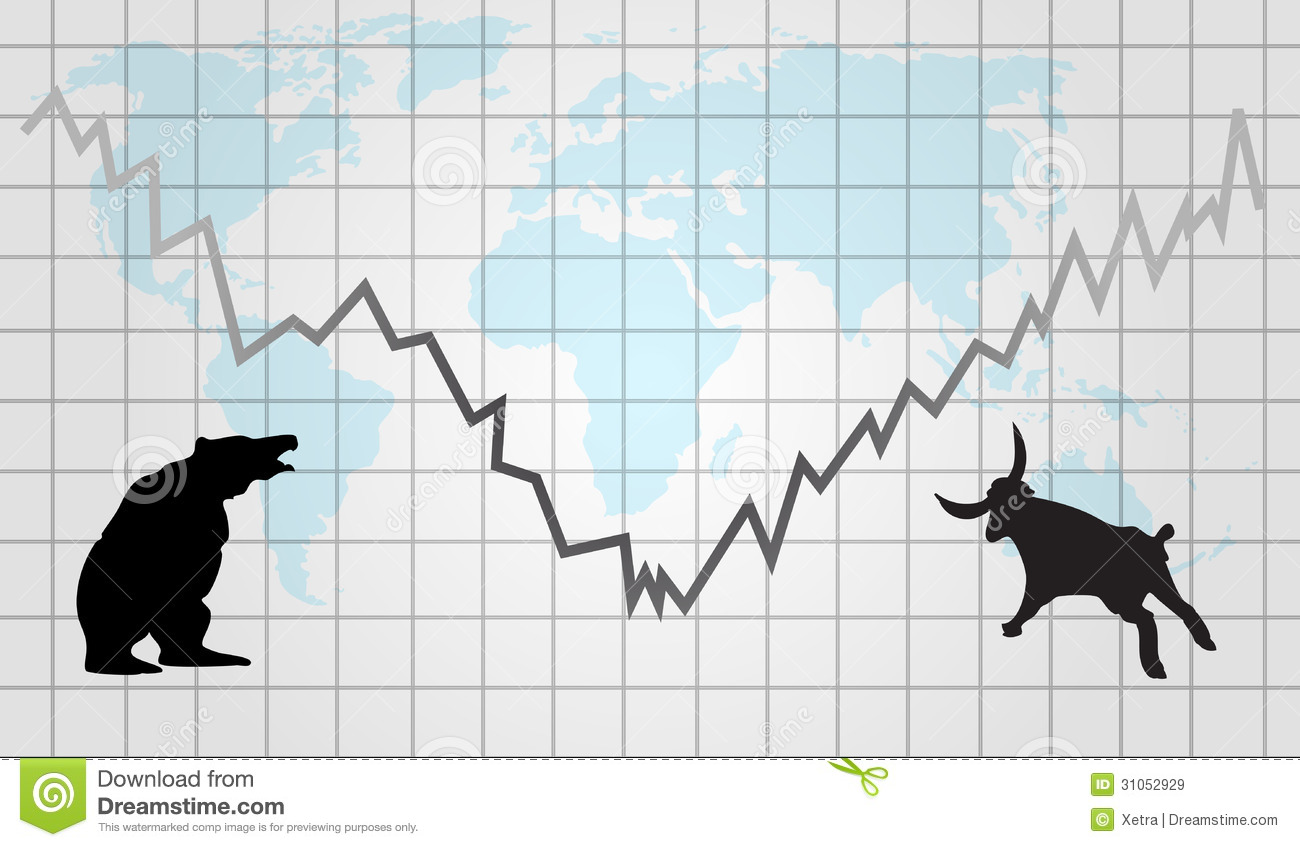
This article will tell you how to dollar average your investments. Learn how to set up a DCA program, what the benefits and drawbacks are, and how you can implement one. Continue reading to learn more. It was originally published as an article on eHow.com. The author granted permission to republish it. While this article will focus on DCA for 401k plans, it is applicable to all retirement accounts.
Establish a plan for 401k
You are contributing a steady percentage of your income each month to your retirement account when you set up your plan for 401(k). Each pay period, the money is deducted automatically from your paycheck and invested in stocks, bonds and ETFs. This is the most common form of investment in an individual retirement plan. This strategy is effective for some investors, but more experienced investors prefer diversifying their portfolios.

A 401 (k) plan will allow you to set up a plan for a dollar-cost median. This type allows investors to make small, consistent investments. It reduces psychological stress and maximizes upside potential. While this method can work well in a long-term plan of investment, it can also increase risk when investing in stocks. It is an effective way to invest long-term and can yield excellent returns.
There are disadvantages to dollar-cost averaging
Dollar-cost averaging can be a great way of reducing the emotional component of investing decisions. It encourages you to invest on a weekly basis, saving for larger amounts of money, and establishing a habit of investing, all of which contribute to your liquid net worth. Dollar-cost averaging does have its disadvantages. These are the disadvantages of dollar-cost averaging.
Dollar-cost averaging has a disadvantage in that it does not account for transaction fees or commissions. The investment involves selling and buying securities on a regular schedule, which means that investors have to pay broker fees. Broker commissions can severely reduce your profits and make dollar-cost analysis unprofitable. You should understand the pros and cons of dollar-cost Averaging before investing in stocks.
Steps to implement a DCA plan
A dollar-cost average plan is a great way to avoid the timing risk of investing by making periodic purchases over a long period of time. The downside of dollar-cost averaging is that it is riskier to invest a lump sum all at once. However, it can generate higher returns in the long run. Because brokerage fees are usually tied to every investment, it is important that the plan has a defined timeframe. Also, invest in the market in volatile times to get lower returns and costs.

Dollar-cost Averaging in a retirement plan is a method of determining a fixed percentage and investment amount. The mutual funds are pre-selected investments. Some investors opt to double-down in the event that a particular investment loses value. This decreases the average price. Here are the steps to implement an average dollar cost plan
FAQ
How are shares prices determined?
Investors who seek a return for their investments set the share price. They want to earn money for the company. They purchase shares at a specific price. Investors make more profit if the share price rises. Investors lose money if the share price drops.
An investor's main goal is to make the most money possible. This is why they invest. They can make lots of money.
What are the advantages of investing through a mutual fund?
-
Low cost - buying shares directly from a company is expensive. A mutual fund can be cheaper than buying shares directly.
-
Diversification is a feature of most mutual funds that includes a variety securities. One type of security will lose value while others will increase in value.
-
Professional management - Professional managers ensure that the fund only invests in securities that are relevant to its objectives.
-
Liquidity - mutual funds offer ready access to cash. You can withdraw your funds whenever you wish.
-
Tax efficiency – mutual funds are tax efficient. You don't need to worry about capital gains and losses until you sell your shares.
-
There are no transaction fees - there are no commissions for selling or buying shares.
-
Mutual funds are easy to use. All you need to start a mutual fund is a bank account.
-
Flexibility - You can modify your holdings as many times as you wish without paying additional fees.
-
Access to information - You can view the fund's performance and see its current status.
-
Ask questions and get answers from fund managers about investment advice.
-
Security - know what kind of security your holdings are.
-
You have control - you can influence the fund's investment decisions.
-
Portfolio tracking: You can track your portfolio's performance over time.
-
Easy withdrawal - You can withdraw money from the fund quickly.
There are disadvantages to investing through mutual funds
-
Limited choice - not every possible investment opportunity is available in a mutual fund.
-
High expense ratio - the expenses associated with owning a share of a mutual fund include brokerage charges, administrative fees, and operating expenses. These expenses will reduce your returns.
-
Lack of liquidity - many mutual funds do not accept deposits. They must only be purchased in cash. This limit the amount of money that you can invest.
-
Poor customer service - There is no single point where customers can complain about mutual funds. Instead, you should deal with brokers and administrators, as well as the salespeople.
-
High risk - You could lose everything if the fund fails.
What is the difference?
Brokers specialize in helping people and businesses sell and buy stocks and other securities. They handle all paperwork.
Financial advisors have a wealth of knowledge in the area of personal finances. Financial advisors use their knowledge to help clients plan and prepare for financial emergencies and reach their financial goals.
Financial advisors may be employed by banks, insurance companies, or other institutions. Or they may work independently as fee-only professionals.
Take classes in accounting, marketing, and finance if you're looking to get a job in the financial industry. Also, you'll need to learn about different types of investments.
What is a mutual-fund?
Mutual funds are pools or money that is invested in securities. They allow diversification to ensure that all types are represented in the pool. This reduces risk.
Managers who oversee mutual funds' investment decisions are professionals. Some funds permit investors to manage the portfolios they own.
Mutual funds are preferable to individual stocks for their simplicity and lower risk.
What is the main difference between the stock exchange and the securities marketplace?
The entire market for securities refers to all companies that are listed on an exchange that allows trading shares. This includes stocks, options, futures, and other financial instruments. There are two types of stock markets: primary and secondary. The NYSE (New York Stock Exchange), and NASDAQ (National Association of Securities Dealers Automated Quotations) are examples of large stock markets. Secondary stock markets are smaller exchanges where investors trade privately. These include OTC Bulletin Board Over-the-Counter (Pink Sheets) and Nasdaq ShortCap Market.
Stock markets are important as they allow people to trade shares of businesses and buy or sell them. The value of shares depends on their price. When a company goes public, it issues new shares to the general public. These newly issued shares give investors dividends. Dividends refer to payments made by corporations for shareholders.
Stock markets not only provide a marketplace for buyers and sellers but also act as a tool to promote corporate governance. The boards of directors overseeing management are elected by shareholders. Boards ensure that managers use ethical business practices. If a board fails in this function, the government might step in to replace the board.
What is security in a stock?
Security is an investment instrument, whose value is dependent upon another company. It can be issued by a corporation (e.g. shares), government (e.g. bonds), or another entity (e.g. preferred stocks). The issuer can promise to pay dividends or repay creditors any debts owed, and to return capital to investors in the event that the underlying assets lose value.
Statistics
- "If all of your money's in one stock, you could potentially lose 50% of it overnight," Moore says. (nerdwallet.com)
- Ratchet down that 10% if you don't yet have a healthy emergency fund and 10% to 15% of your income funneled into a retirement savings account. (nerdwallet.com)
- For instance, an individual or entity that owns 100,000 shares of a company with one million outstanding shares would have a 10% ownership stake. (investopedia.com)
- The S&P 500 has grown about 10.5% per year since its establishment in the 1920s. (investopedia.com)
External Links
How To
How do I invest in bonds
You will need to purchase a bond investment fund. While the interest rates are not high, they return your money at regular intervals. You can earn money over time with these interest rates.
There are many options for investing in bonds.
-
Directly buying individual bonds
-
Buying shares of a bond fund.
-
Investing via a broker/bank
-
Investing through financial institutions
-
Investing through a pension plan.
-
Invest directly through a broker.
-
Investing with a mutual funds
-
Investing through a unit-trust
-
Investing using a life assurance policy
-
Investing with a private equity firm
-
Investing in an index-linked investment fund
-
Investing with a hedge funds